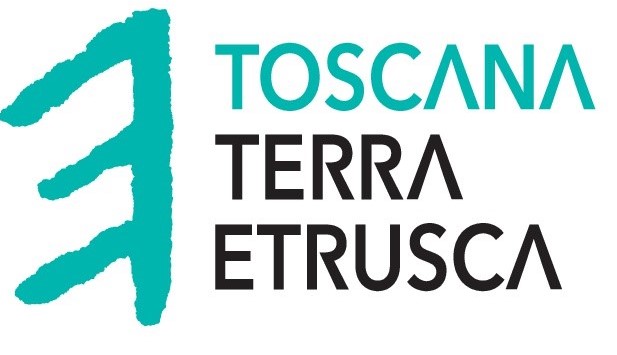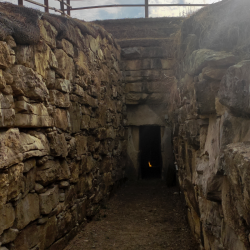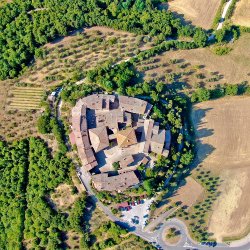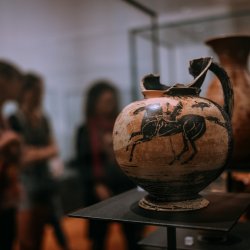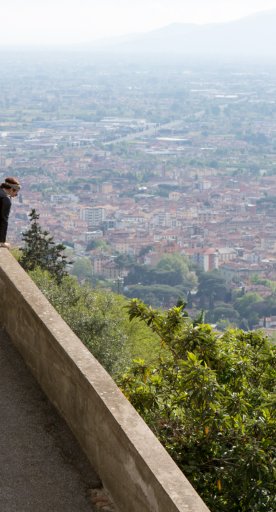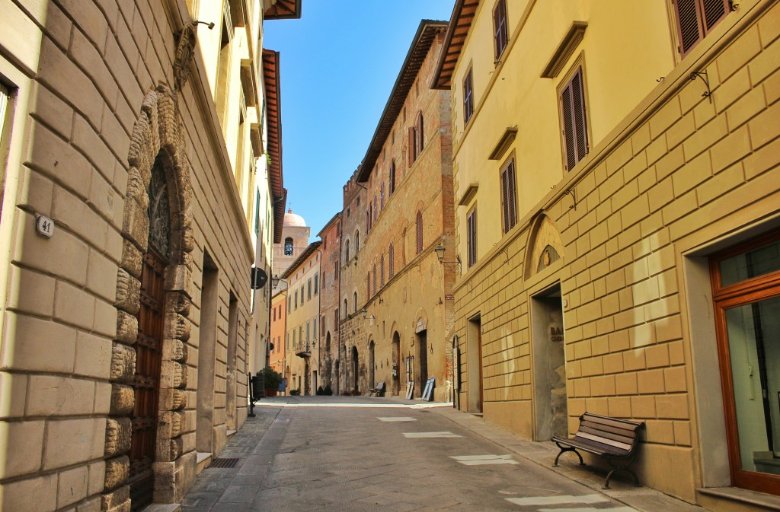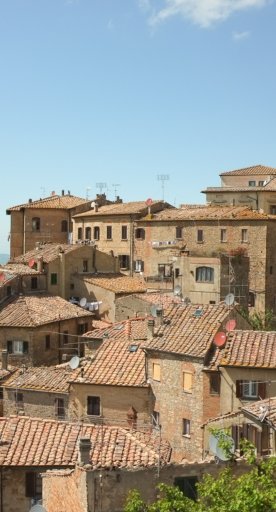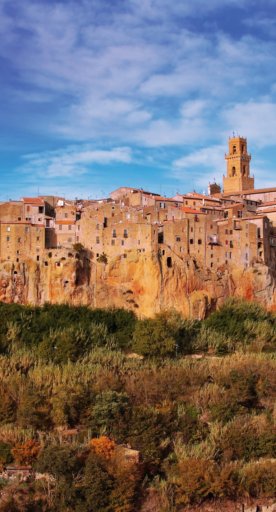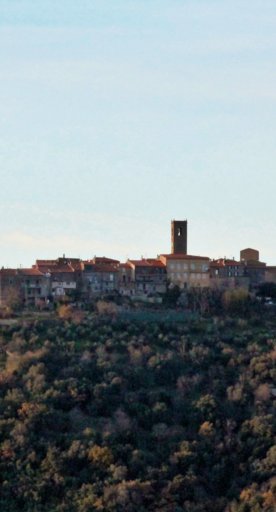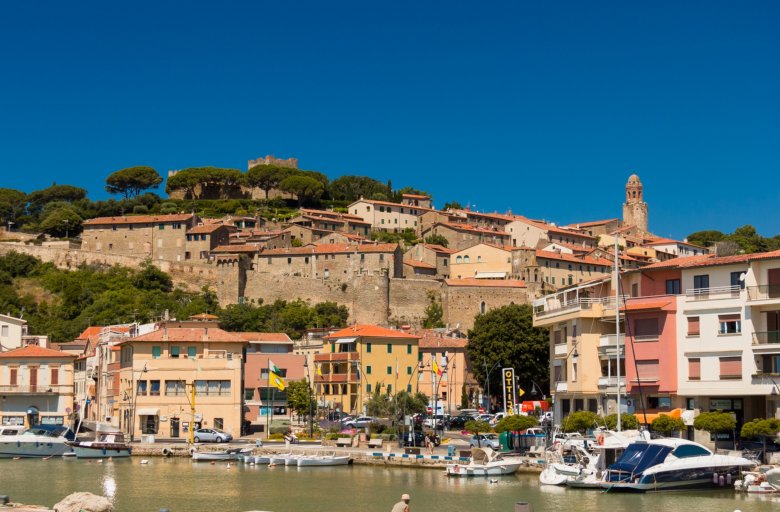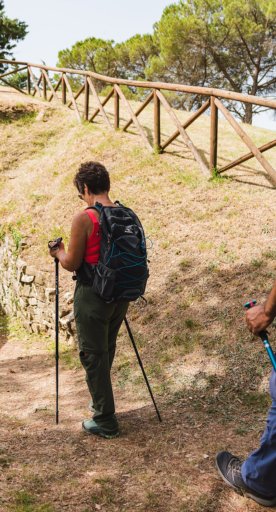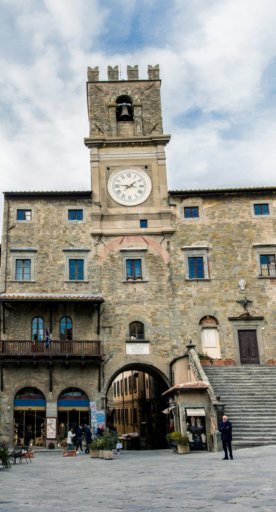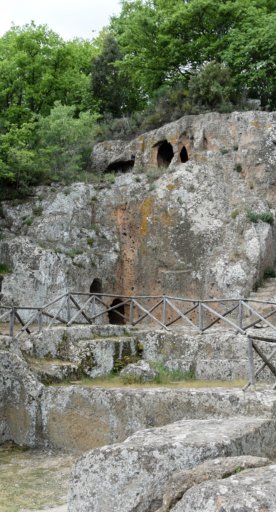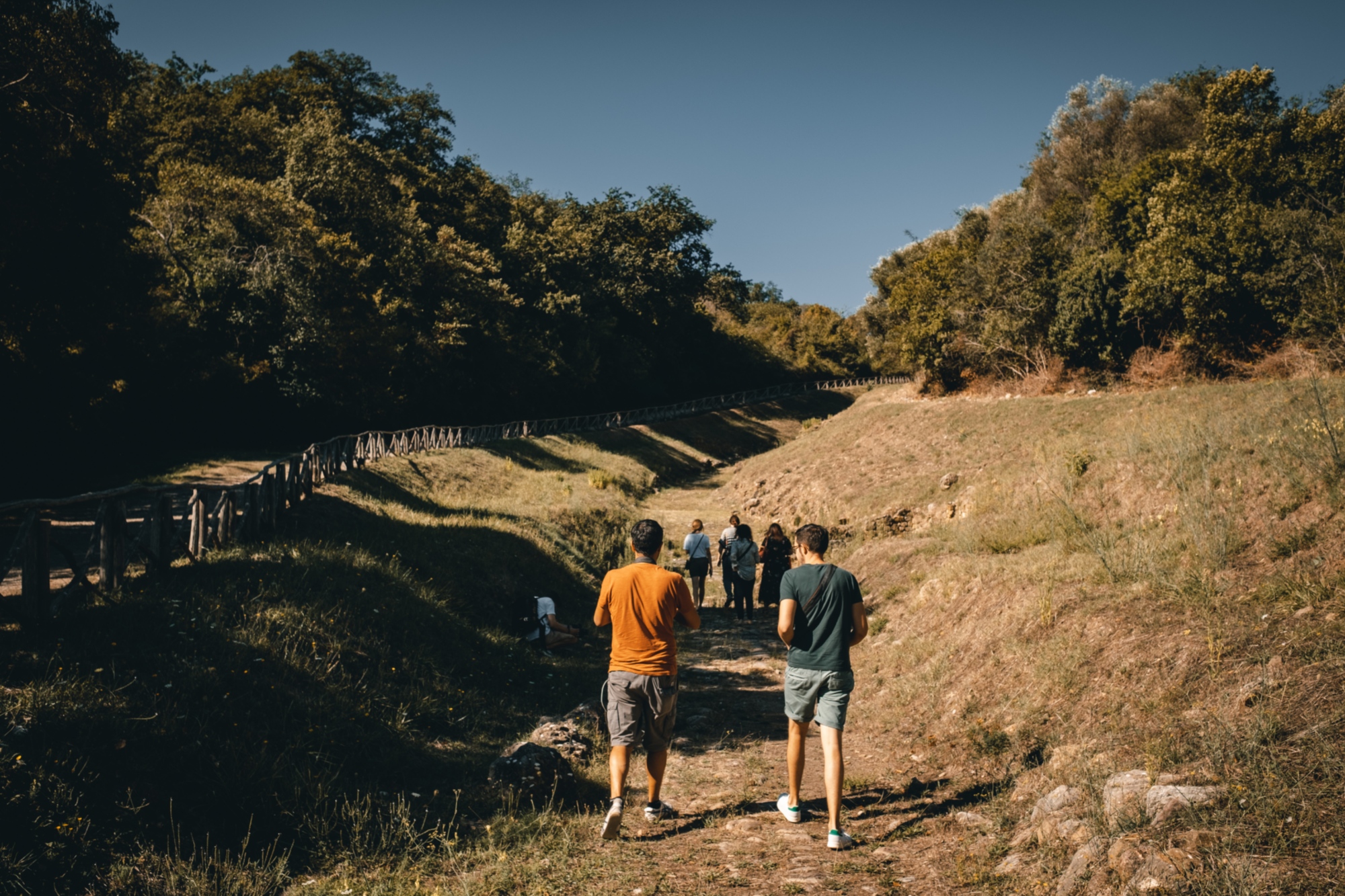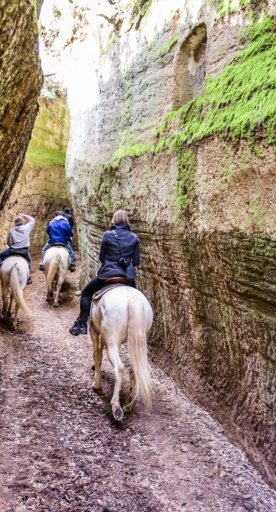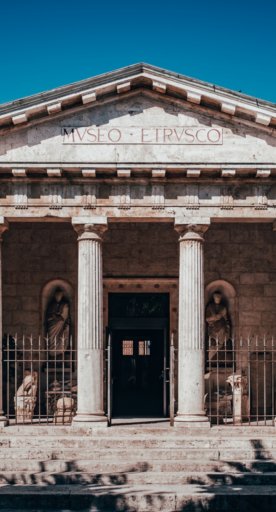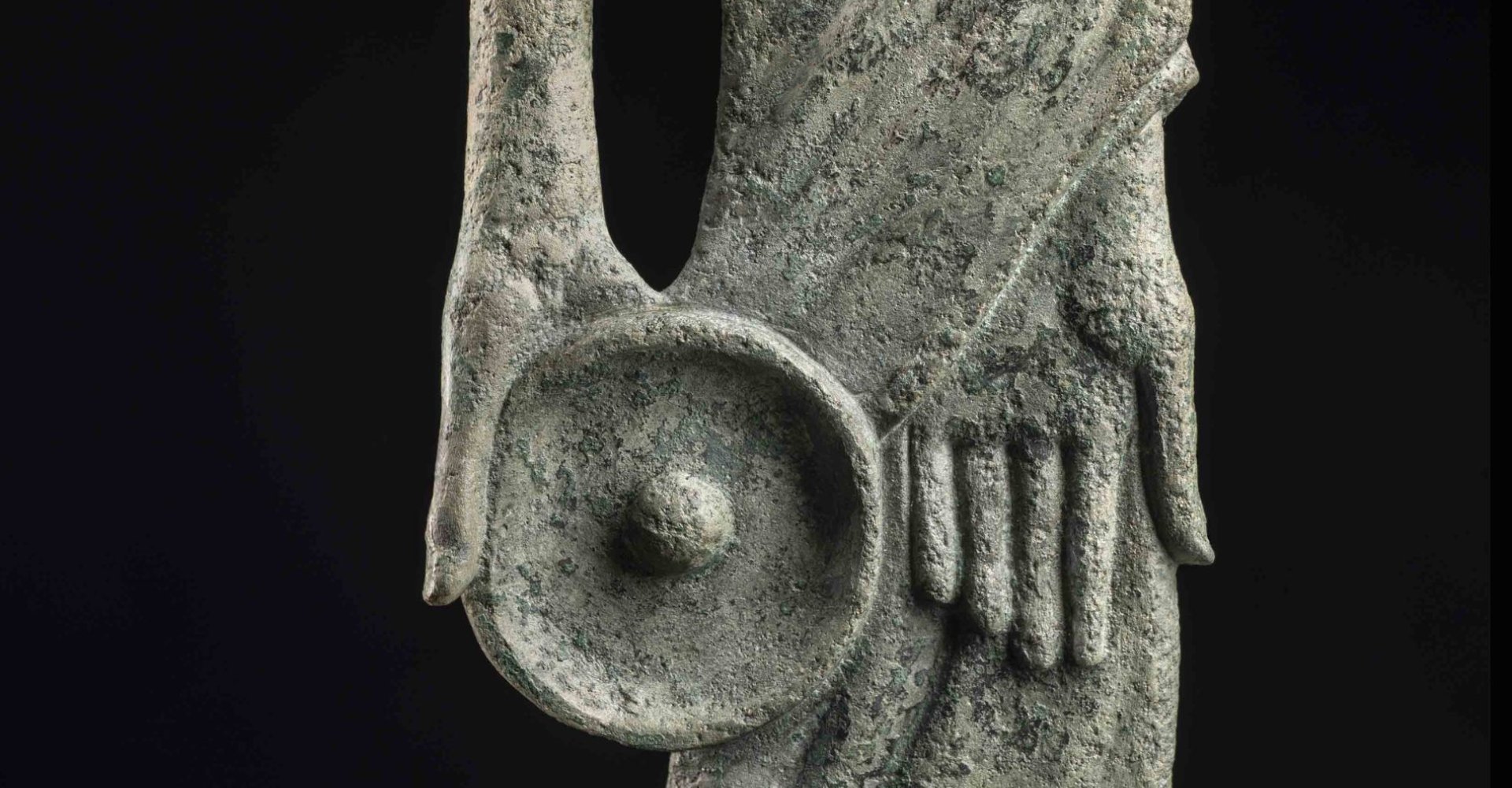

Etruscan treasures, the museums where to admire them
Statuettes, ceramics and precious objects of great fascination and mystery preserved in the main Tuscan archaeological museums
A people of great masters in art and craftsmanship, the Etruscans guarded technical skill and a sense of beauty that manifested itself in the lines, color, and pomp of all their works of art intended primarily for funerary purposes.
Furnishings composed of statuettes, works of high goldsmithing, decorated and painted pottery, examples of their genius that found inspiration in the Greek world as well as in the Middle Eastern world. Works of art and craftsmanship of great fascination and mystery, through which the Etruscans reveal to us a millennial history; a heritage of great value preserved in the main Tuscan archaeological museums.
-
1.The Etruscan Chandelier
-
2.The statuettes from the Lake of Idols
-
3.The Shadow of the Evening
-
4.The Shadow of San Gimignano
-
5.The lid of the "embrace"
-
6.The "Cappellone" (The big hat)
-
7.The Kylix vase
The Etruscan Chandelier
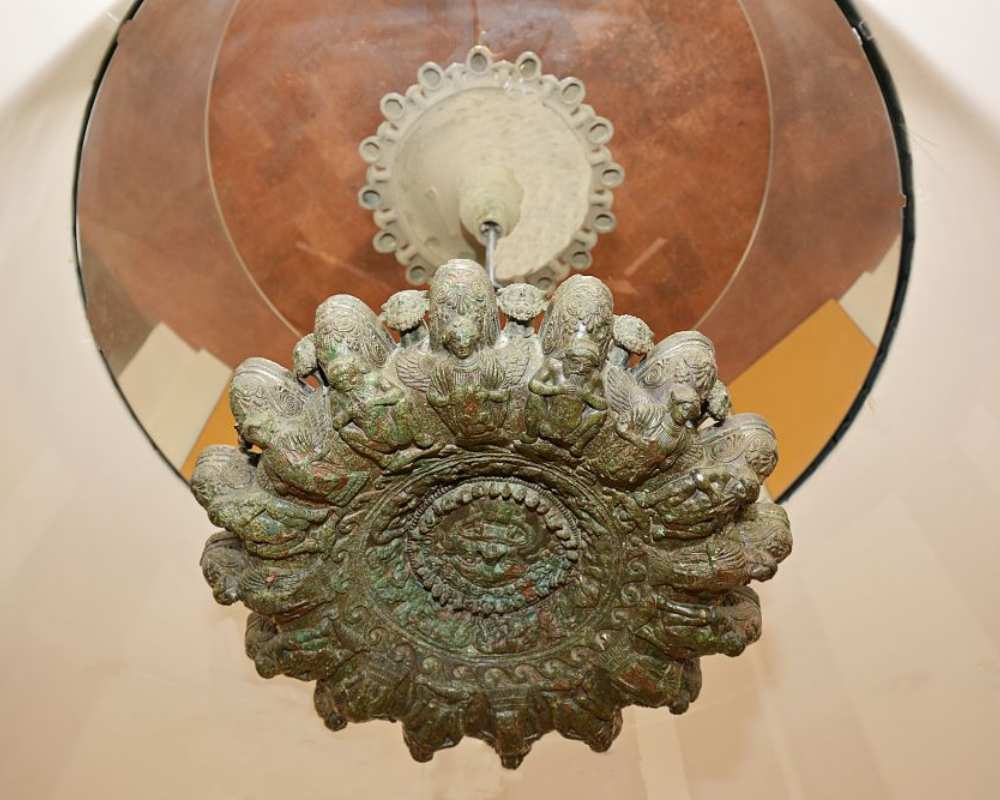
The precious Etruscan Chandelier (Lampadario etrusco) is preserved at the MAEC, the Etruscan Academy Museum of the City of Cortona. One of a kind, it is made of bronze and was used to illuminate a place of worship. Discovered by chance in 1840 in the beautiful surroundings of Cortona, it is one of the symbols of the museum and one of the most important Etruscan artefacts found in Tuscany.
The statuettes from the Lake of Idols
About 650 small votive bronze statuettes depicting human figures were found during excavations carried out between 1838 and 1839 in a modestly sized reservoir along the slopes of Mount Falterona, the Lake of Idols. This was an extraordinary find, which was followed by more recent excavations that brought to light other statuettes, including animal forms, which are now preserved in the Casentino Piero Albertoni Archaeological Museum in Bibbiena.
The Shadow of the Evening
Held at the Guarnacci Etruscan Museum in Volterra, this bronze votive statuette with a human form and elongated lines, dates back to the 3rd century B.C. and has inspired many current artists. Discovered by the Florentine Etruscologist Anton Francesco Gori in 1737, the poet and writer Gabriele D'Annunzio named the statuette "Ombra della sera" (The Shadow of the Evening), as it reminded him of elongated shadows that only the light of sunset can generate.
The Shadow of San Gimignano
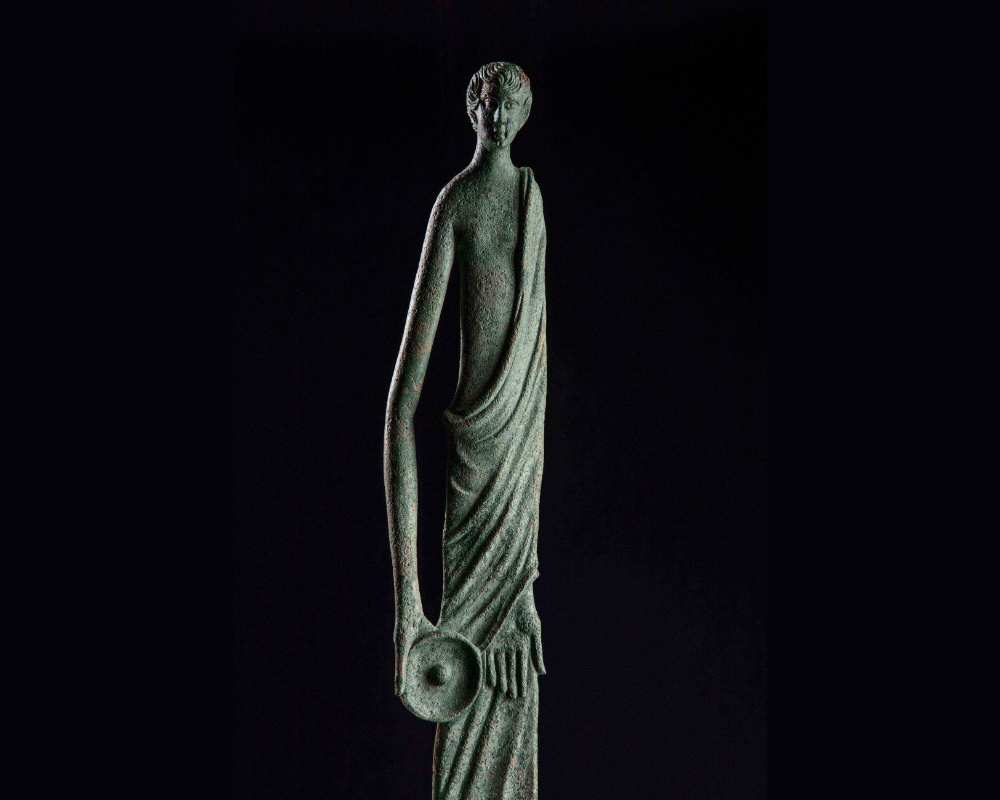
Less famous but no less fascinating is the more recently discovered Ombra di San Gimignano (The Shadow of San Gimignano), preserved in the archaeological museum of the famous village of the same name. This statuette is also made of bronze and depicts a male figure with elongated lines which recalls ritual and spiritual elements. The statuette was discovered in the splendid surroundings of the ‘Manhattan of the Middle Ages’ in 2010, where there was supposedly a large Etruscan sacred area.
The lid of the "embrace"
Belonging to an ash urn from the Villanovan period, the lid of the "embrace" was found in the necropolis of Poggio Renzo in Chiusi and is preserved in the national Etruscan museum. On the lid there are two terracotta figures immortalised in an embrace, hence the name; intended for a canopic urn, i.e., a vase with anthropomorphic representations, it was part of a funerary set and was where the ashes of the deceased were placed.
The "Cappellone" (The big hat)
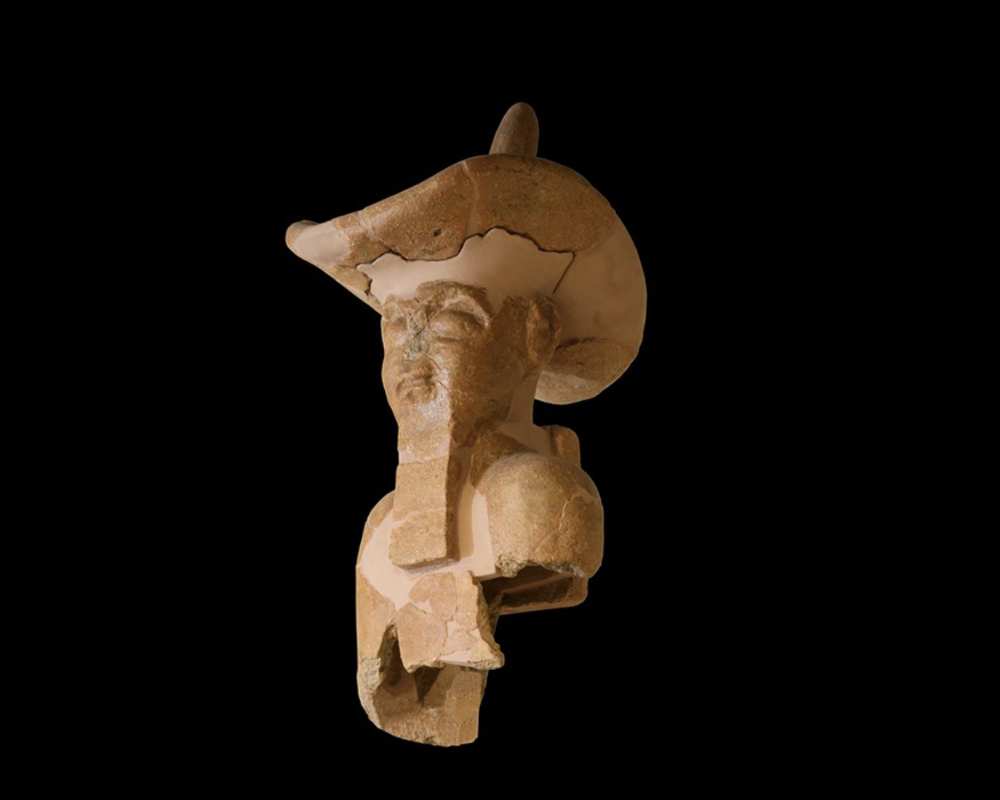
An acroterion terracotta statue representing a male figure with a long beard and a large hat, this is a unique piece of art and is preserved in the Etruscan Museum of Murlo, which has made it its symbol. The big hat, reminiscent of the Mexican hat and that inspired the name of the statue, was probably worn at the time by socially important or eminent people, such as healers.
The Kylix vase
An Attic black-figure cup, the Kylix vase is part of the grave goods found in the tombs of the Pedata necropolis near Chianciano Terme. It is on display at the Civic Archaeological Museum in the well-known thermal springs town; adorned with refined decorations depicting a rooster on the bottom, it bears the motto "good health and drink up" engraved in Greek letters.
